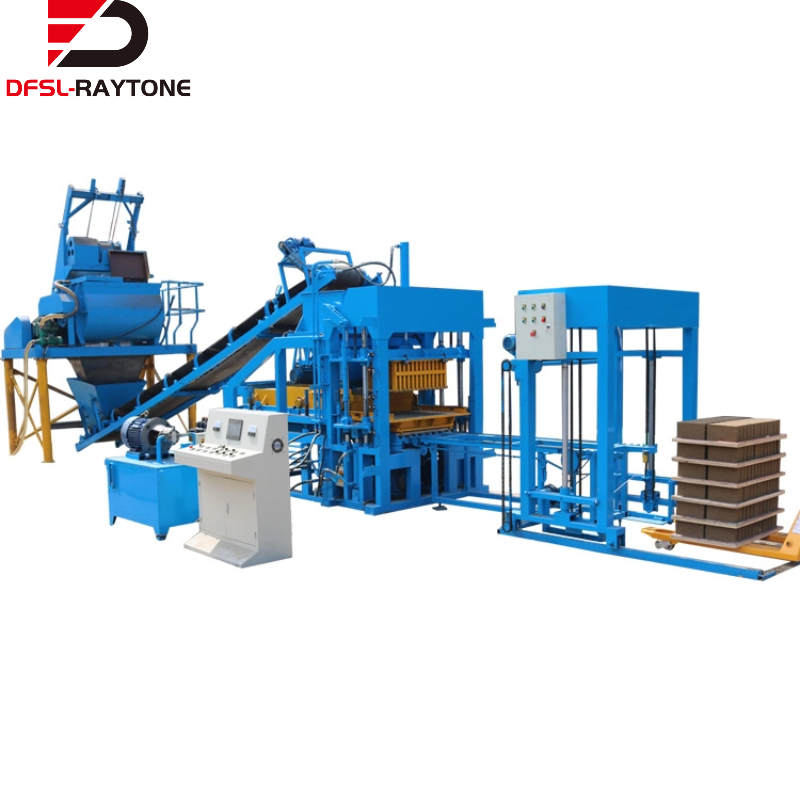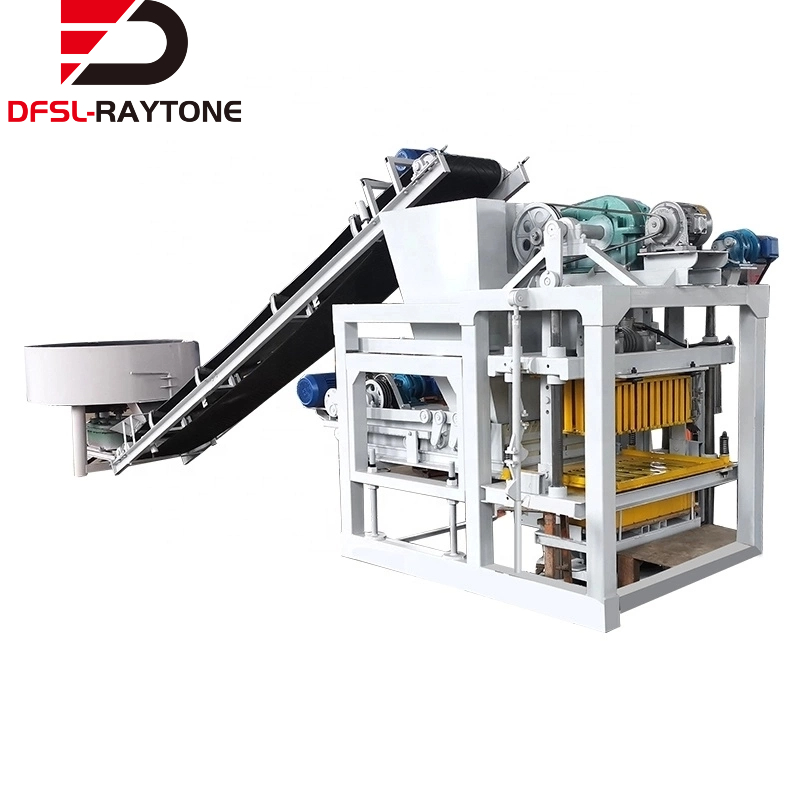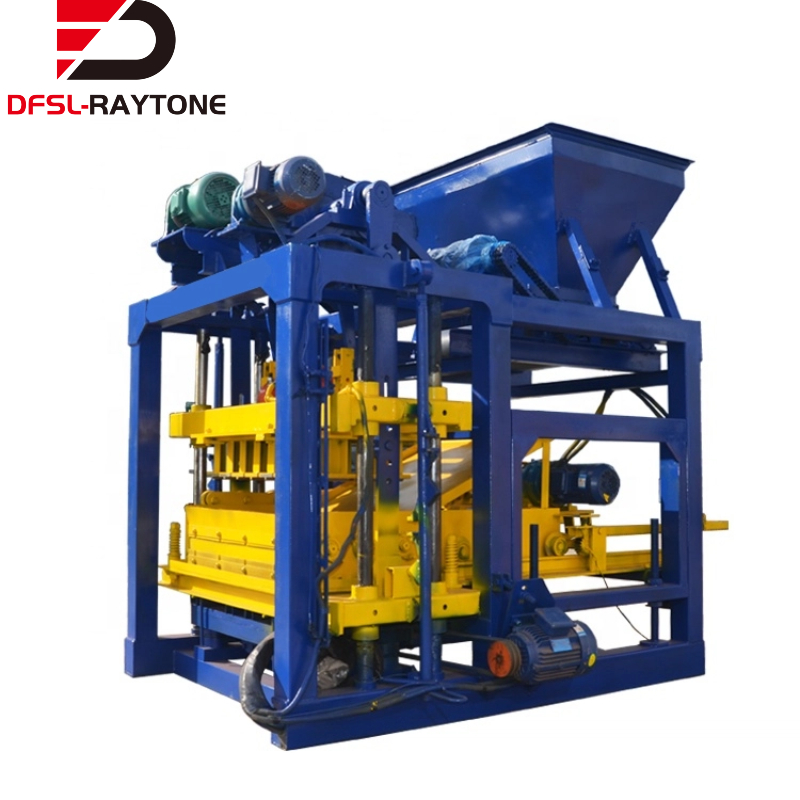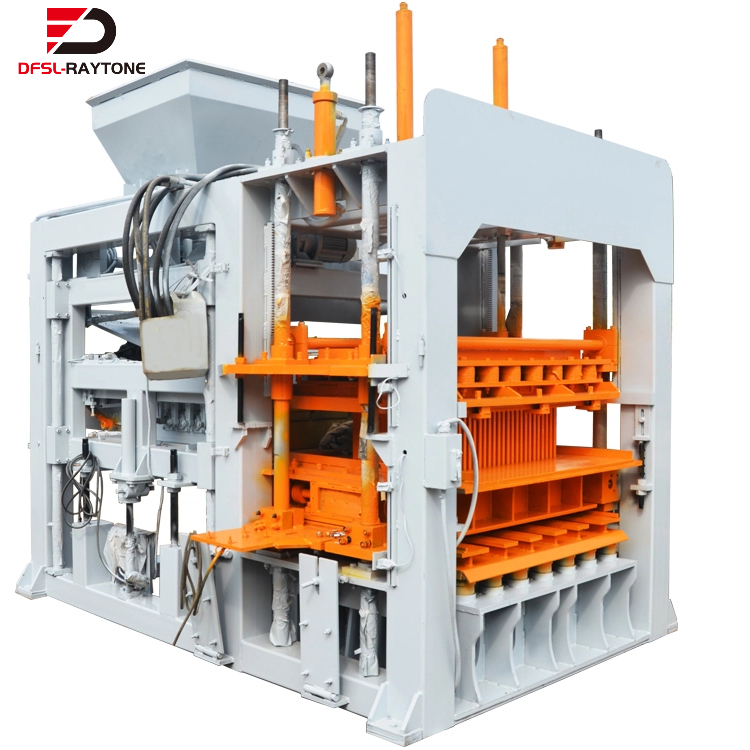How to Define Your Needs When Choosing a Brick Making Machine: The Ultimate Guide
Selecting the right brick making machine is the most critical investment for your construction business. Yet, nearly 40% of buyers regret their purchase within 6 months due to mismatched specifications. The solution? Precisely defining your needs upfront. This guide reveals the 5 non-negotiable factors to evaluate before contacting suppliers.

1. Quantify Production Targets: Beyond “High Output”
Mistake to Avoid: Choosing oversized machines that drain resources or undersized units causing bottlenecks.
Action Plan:
- Daily Output: Calculate exact brick quantities needed (e.g., *20,000 solid bricks/day* or 15 m³ of pavers).
- Product Mix: List all brick types (solid/hollow/interlocking) with dimensions.
- Scalability: Will future demand grow by 30%? Opt for modular designs.
Pro Tip: Machines with quick-mold change systems save 70% downtime when switching products.

2. Raw Material Audit: Your Machine’s “Diet” Matters
Critical Questions:
- What’s your primary material? (Clay? Fly ash? Concrete waste? Laterite soil?)
- Moisture Content: Ideal range: 8–12%. >15% causes sticking; <7% risks weak compaction.
- Hardness & Grading: Does material contain rocks >5mm? Requires pre-crushers.
Case Study: A Nigerian client reduced mold damage by 90% after switching to a machine with tungsten carbide linings for abrasive laterite.

3. Quality & Compliance: What Does the Market Demand?
| Factor | Low-Cost Market | Premium Market |
|---|---|---|
| Compression | 800–1,000 tons | 1,200–2,200 tons |
| Standards | Basic ASTM C62 | ASTM C216 (Severe Weather) |
| Surface | Rough finish | Textured/colored options |
| ⚠️ Warning: Machines under 1,000-ton pressure fail frost-resistance tests in cold climates. |

4. Site & Infrastructure Reality Check
Overlooked Dealbreakers:
- Power: 380V/50Hz vs. 440V/60Hz? Diesel options for unstable grids.
- Space: Automated lines need 30x15m; mobile machines fit 10x10m.
- Logistics: Can forklifts access stacking areas? Include conveyor lengths in layouts.
Shocking Stat: 25% of “plug-and-play” installations fail due to insufficient foundation depth.
5. Budget vs. Lifetime Cost Analysis
Don’t just compare sticker prices:
- Energy Use: Hydraulic machines consume 30% less power than vibration presses.
- Wear Parts: Check mold lifespan (50k cycles vs. 200k+ for hardened steel).
- Labor Costs: Automated palletizing cuts staffing needs by 60%.
ROI Tip: A $120,000 machine producing 30k bricks/day pays back in 14 months at $0.28/brick.
Your Needs Definition Checklist
| Parameter | Your Requirement |
|---|---|
| Daily Output | _________ bricks/day |
| Key Products | e.g., 230x110x70mm hollow |
| Raw Material | _________ (Moisture: __%) |
| Compression | Minimum _________ tons |
| Power Source | [ ] Electric [ ] Diesel |
| Automation | [ ] Full [ ] Semi-Auto |
| Budget Range | $_________ – $_________ |

If you have decided which type of block machine you need,please add my whatsapp to puechase:+86 193 5398 5838